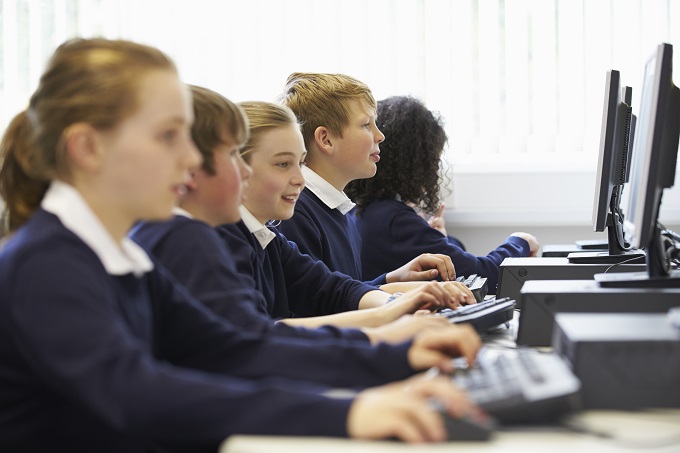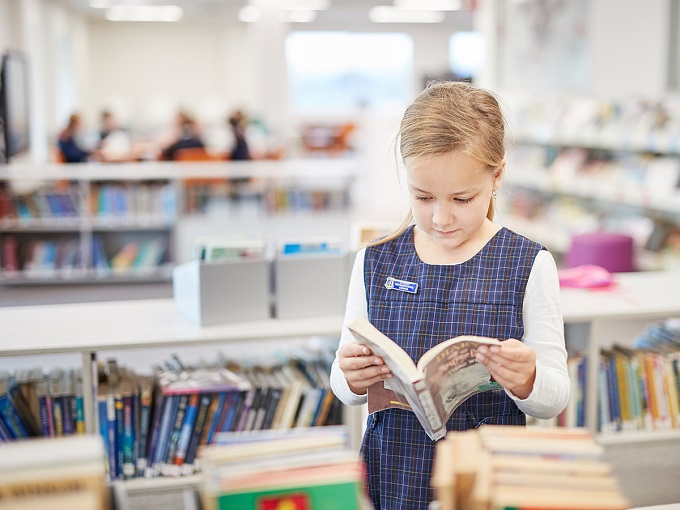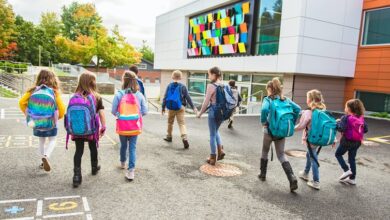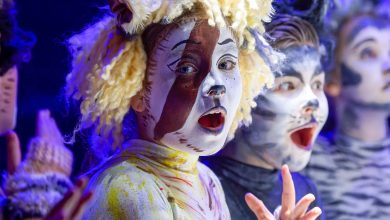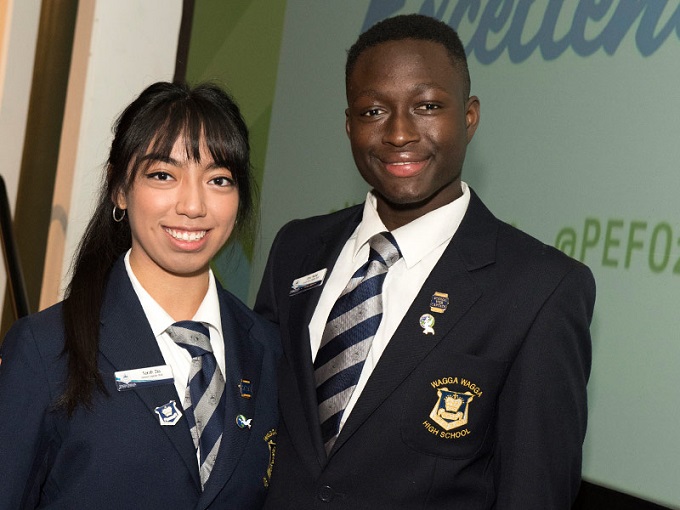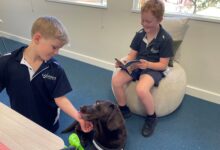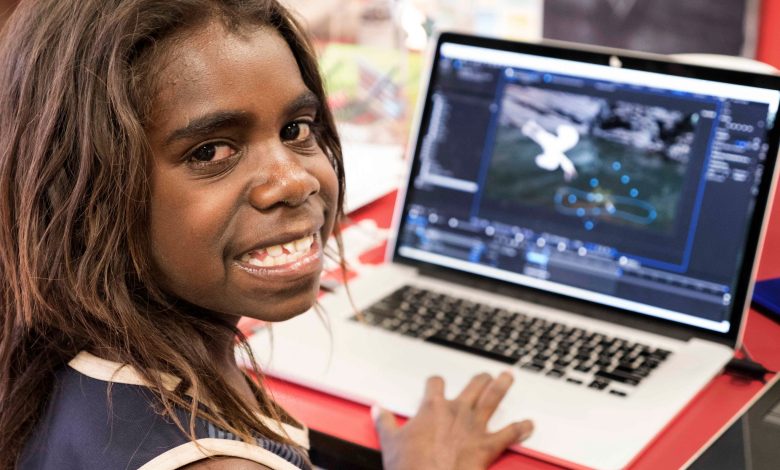
All teachers know that classrooms have layers of complexity. There are many students who experience poverty, navigate the challenges of out-of-home care, have incarcerated family members, deal with mental illness and fight battles that are not always visible.
These are just a few of the issues existing in modern classrooms that cause stress to young people who may present with reactive behaviours, difficulty focusing or a general lack of mental clarity.
Though this can affect students of any culture, these challenges are distinctly amplified for young Aboriginal and Torres Strait Islander people around January 26 and during other times when they become the subject of national debate. Our youth are dealing with pervasive negative media daily, compounded by deficit language and policies which frame us as the ‘problem.’
Discrimination in schools
A recent study of 4600 primary and secondary students across New South Wales and Victoria, found one in three experienced racial discrimination. Additionally, nearly 20 percent of Aboriginal and Torres Strait Islander students reported facing discrimination directly from their teachers.
This serves as a stark reminder of the deeply rooted racial bias within our educational institutions, an issue perhaps further exacerbated by the broader social context.
Despite the many current societal challenges, schools still have the obligation to create fair, safe and inclusive environments for the communities they serve.
This task can seem quite daunting, but there are a few tangible steps that may assist in navigating the complex landscape of contemporary education and ensuring it is culturally safe for everyone.
It’s in Curriculum
Whilst not without its imperfections, the latest version of The Australian Curriculum serves as a valuable resource and framework to guide teachers in creating positive learning environments.
Historically, our fullest version of history and the ongoing effects of colonisation were not taught in schools or even recognised as truth. The Aboriginal and Torres Strait Islander Histories and Cultures Cross-Curriculum Priority is a crucial component for enriching students’ understanding of our shared histories.
The General Capabilities embedded within the curriculum offer a versatile toolkit for educators. These capabilities, which include Critical and Creative Thinking, Digital Literacy, Ethical Understanding, Intercultural Understanding, Literacy, Numeracy and Personal and Social Capability provide a structured approach to a holistic education.
By incorporating these capabilities into our lesson planning, teachers can encourage students to analyse, reflect, and inquire, instilling within them a moral responsibility which helps them to make ethical choices now and in the future. (source: https://v9.australiancurriculum.edu.au/)
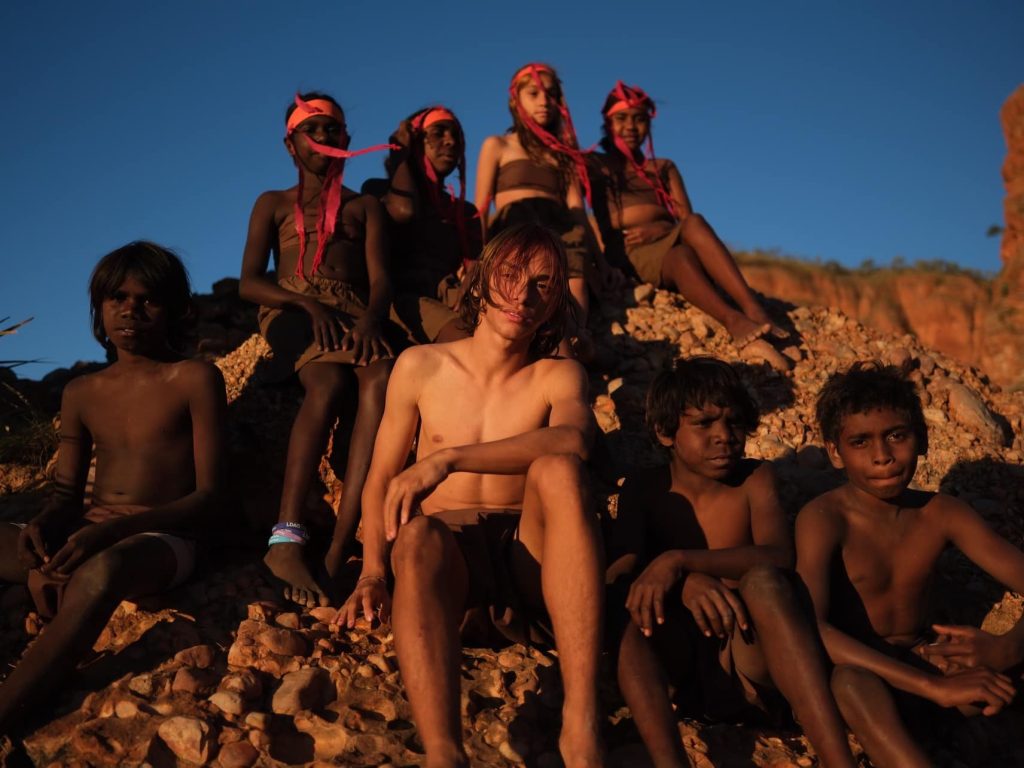
Choosing the Right Resources
Selecting culturally appropriate resources is a critical step. It is essential to do some homework on the resources you use in classrooms and a quick Google search just doesn’t cut it. Believe it or not, not all resources on Aboriginal and Torres Strait Islander Histories and Cultures are authored or endorsed by Aboriginal and Torres Strait Islander people! Look for readily available resources co-created with First Nations communities, such as those offered by organisations like SharingStories Foundation and Jajoo Warrngara, Common Ground First Nations, Childrens Ground etc.
These initiatives exemplify a commitment to authentic representation. Finally, building connections with the local community, Elders, and Cultural Custodians stands as an invaluable resource in itself, it is important to foster genuine and respectful relationships where possible.
Whilst this may feel at times an insurmountable task, it is achievable. I know because I have seen it work. You may have too. It looks like young people embracing each other for who they are. It looks like students standing up and giving an Acknowledgement of Country with pride. It is the camaraderie on the footy field when a team member reaches out to help up their opponent. It is the school captain proudly wearing their lavalva at assembly. It is the 14 year olds who march across the bridge on Invasion Day holding signs which read “No Pride In Genocide” and it is ALL children feeling free to express themselves and their unique identities. It is less ego, more compassion. It is learning and unlearning.
Culturally safe and inclusive classrooms demand continuous dedication. We must be active in our practice of it. The role of the teacher goes beyond teaching subject matter and extends to nurturing empathetic humans who can contribute to a better world, to foster a society where the term “lucky country” isn’t just for a select few but a lived reality for all.
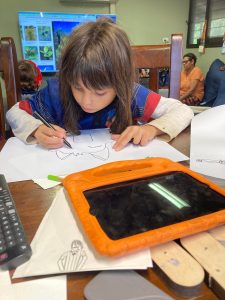
For educators that want to work towards more a more inclusive classroom, here’s seven things teachers can do to foster culturally safe classrooms:
- Establish Inclusive Agreements: Create class agreements that safeguard against racism, harassment, and bullying. We have to support our students to define their own code of conduct. “How do we want to be treated? How will we treat others?”
- Facilitate Discussions with Sensitivity: Define why an issue might be sensitive to some and not to others. Explore how class members discuss potentially sensitive issues, creating a safe space for open dialogue. Support students to critically reflect on complex issues and topics with care.
- Avoid Singling Out: Do not expect any student to speak as a representative of their Culture. Instead, foster an inclusive environment where students feel comfortable sharing aspects of their Culture voluntarily. Understand that no individual can be expected to serve as a spokesperson for the diversity of experiences encompassed within our Cultures.
- Foster Authentic Relationships with Community: Foster authentic relationships with the Traditional Custodians of the Country your school is located. Form partnerships based on shared decision-making and reciprocity.
- Promote Continuous Learning: Emphasise that learning is a reciprocal process. We learn from young people EVERY DAY. How do you show your love of learning? By approaching learning alongside our students, we create dynamic and enriching educational experiences. We must also do our research to choose culturally safe and inclusive educational resources, ensuring they are authored, co-designed, or endorsed by Aboriginal and Torres Strait Islander communities.
- LOVE: Reconnect with your love of teaching. Young people are not only the leaders of the future but also hold a wisdom we sometimes underestimate. Encourage an atmosphere where students express love and respect in healthy and appropriate ways towards one another. Remember, fostering a caring environment not only benefits the students but rejuvenates our passion for teaching.
- Model, Model, Model! Model behaviour and language that fosters love, respect, curiosity, and compassion. Demonstrate Critical and Creative thinking by openly discussing the interpretation of complex ideas, opinions and problems to deepen understandings of various contexts. Celebrate diversity actively. Remember, if you’re not doing it, how can you expect your students to? Your actions set the tone for the classroom.

By Harmony Domaille is a Taribelang Bunda woman, Education and Community Partnerships Manager at SharingStories Foundation and former School Leader with experience across regional State Schools, Montessori Schools, Performing Arts Centres and Childcare.

